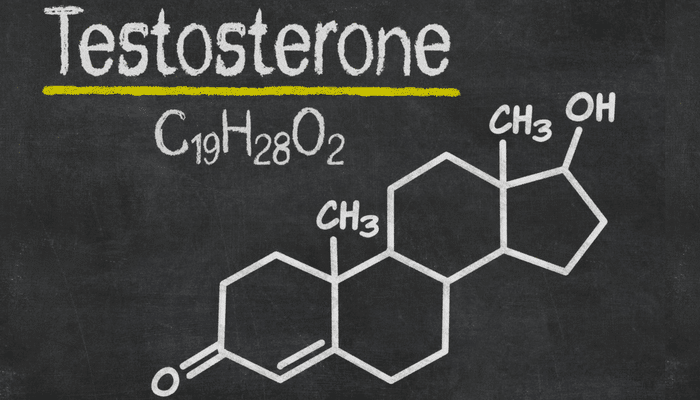Testosterone is a hormone that both males and females need in the right amount to achieve optimal mental health and physical performance. Testosterone plays many different roles as we age. In early development, it is vital for the brain, sex, and bone formation. Later in life, it’s essential for maintaining proper brain chemistry, keeping muscle mass intact, and retaining sexual function. The human body has several regulation systems in place to keep things working correctly.
The Testosterone Production Process

When you eat sugar, your body has chemical receptors that pick up the increase of glucose in your bloodstream; in response, it releases insulin from your pancreas to regulate your blood sugar and maintain homeostasis. Similar to how your body has a system for monitoring blood glucose levels; it has a method for controlling your testosterone. The testosterone production process begins when your brain sends a chemical signal to the hypothalamus (the part of your brain that connects the endocrine system with the nervous system) and tells it to make some testosterone. In turn, the hypothalamus releases a chemical messenger called gonadotropin (GnRH) that gets picked up by the pituitary gland (the part of your mind that controls other hormone glands in your body). The pituitary gland then releases two hormones: luteinizing hormone (LH) and follicle-stimulating hormone (FSH). These hormones signal the Leydig cells in the testes to produce testosterone which is then released into the bloodstream where it will either be bound to sex hormone-binding globulin (SHBG) and albumin or remain in its free form. When there is enough testosterone in the human body, a negative feedback loop known as the Hypothalamic-Pituitary-Testicular-Axis (HPTA), a.k.a. The hypothalamic–pituitary–gonadal axis (HPGA), sends messages to the pituitary saying that there is enough testosterone freely circulating. The pituitary then slows production of LH, and eventually FSH. Testosterone will be reduced or broken down into some other metabolites, such as dihydrotestosterone (DHT) or estradiol (E2), that serve vital functions.
Why Do Men Stop Producing Optimal Levels of Testosterone?

In a perfect world, the homeostatic process works to keep men at optimal levels of testosterone. Unfortunately, homeostasis is rarely maintained in male endocrine systems in the present day. As we age, our body becomes less efficient at maintaining proper testosterone production, and our testosterone level begins to decrease. Can you recognize the primary symptoms of low testosterone levels? Mental fog, indecisiveness, and lack of energy are all signs. Today, many young men are suffering from suboptimal testosterone levels. A natural course of action to reverse this would involve optimizing your lifestyle. Start by getting significant sunlight every day, commit to a weight training program, and eat a diet rich in healthy fats and low in carbs. However, if lifestyle changes fail, the next step is doctor-prescribed medications that attempt to raise your testosterone levels. To find out much more about Testosterone and its role in helping us achieve optimal mental health and physical performance, purchase The TOT Bible.



